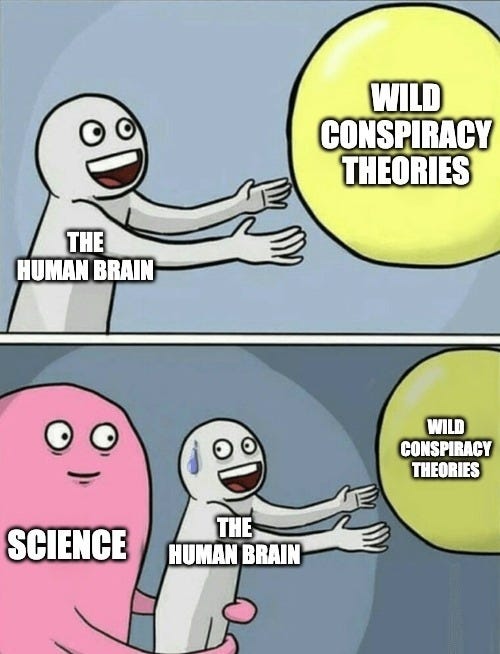NYTimes | FTX’s founder was called a modern-day J.P. Morgan. The analogy still works. Though one of them failed and the other died rich, both of their careers make the case for central banks.
Mr. Bankman-Fried tried to bail out a couple of smaller failed crypto firms, Voyager Digital and BlockFi Inc., drawing laudatory press that compared him to J.P. Morgan Sr.
The Morgan analogy was repeated this week even after FTX customers withdrew $6 billion in funds in the equivalent of a bank run, forcing FTX to freeze operations and stranding billions in remaining customers’ potentially lost assets.
For all of the obvious ways in which Mr. Bankman-Fried is no Pierpont Morgan, a model of discretion whose namesake firm continues to be solvent to this day, on one point they have something in common: Their careers demonstrate a need for central banks.
Morgan earned his reputation as a private rescuer in 1907, when a bank run struck the trusts (banklike associations) in New York City and then spread to traditional banks. Morgan assembled the city’s leading financiers to lend emergency funds and ease the panic.
His heroism slowed the bleeding — but some banks failed, many suspended withdrawals and scores resorted to dispensing homemade certificates in lieu of money. As each bank hoarded reserves to save itself, the stock market plunged 40 percent and the country suffered a severe recession.
Morgan’s inadequacy made plain that the United States, already an industrial powerhouse, could not depend on the benevolence of a single financier. Precisely for this reason, Nelson Aldrich, a powerful senator with close ties to Morgan, led a mission to Europe in 1908 to study the workings of the central banks in England, France and Germany.
Two years later, a group of bankers, including a senior partner of Morgan’s, the president of its rival National City Bank, and the central banking crusader Paul Warburg, gathered at Morgan’s exclusive club on Jekyll Island, off the coast of Georgia. Meeting in secret, they plotted the outline of what Americans had resisted since Andrew Jackson’s day — a central bank. The Federal Reserve was born three years later, in 1913.
This week, The Wall Street Journal’s James Mackintosh opined, “The fundamental flaw of centralized finance is that it needs central banks to end chaotic bank runs …” This is like saying that the flaw with owning a home is that one may need the fire department.
Any monetary instrument is a form of credit, and credit will always involve risk. Mr. Bankman-Fried discovered that. His putative savior, a crypto exchange known as Binance, backed out 24 hours after it had tentatively agreed to a rescue. On Friday, FTX filed for bankruptcy. Yet had the rescue deal gone through, Binance would have been on the hook for, reportedly, up to $8 billion in claims against FTX. Who would have come to the rescue of Binance?
The point of a central reserve, which is what Paul Warburg and Nelson Aldrich had in mind in 1913, is that the pooled resources of the nation are immeasurably greater than those of any single mogul. They offer, in times of need, an ocean of liquidity to iron out the inevitable fluctuations in individual, regional, and industry-specific credit. Would anyone in their right mind wish to entrust the nation to crypto — and trade the imperfect Fed for the likes of FTX and Binance?



